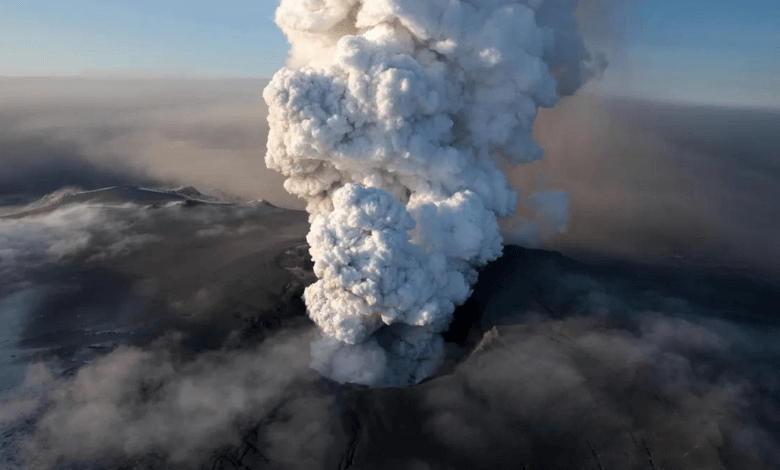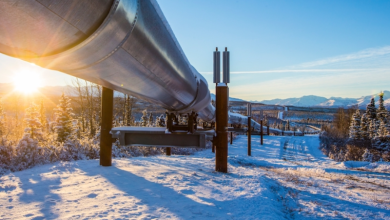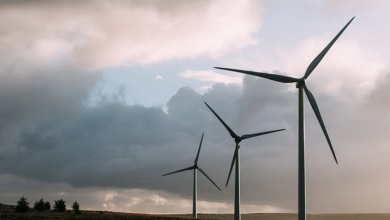CO2 Readings from Mauna Loa Unveil Disturbing Climate Change Reality

In a stark revelation, daily atmospheric carbon dioxide (CO2) readings from Mauna Loa in Hawaii, featured on weather page of a reputed news source, present a disheartening snapshot of the world’s struggle against climate change. The current reading stands at 422.36 parts per million (ppm), marking a staggering increase of 5.06 ppm compared to the same day last year. This surge in just 12 months is unprecedented, surpassing twice the annual average of the past decade.
A decade ago, the concentration was 395.64 ppm, a threshold that raised concerns within the scientific community about its potential impact on weather patterns. Fast forward, and the consequences are evident—catastrophic heatwaves, storms, droughts, floods, and an accelerating, seemingly unstoppable rise in sea levels.
These figures underscore a sobering reality: despite 27 annual meetings of the United Nations Framework Climate Change Convention, involving nearly 200 member states, efforts to address the climate crisis have fallen short. The situation is not only persisting but worsening at an alarming rate. There is no indication of CO2 levels decreasing, let alone reaching the ostensibly “safe” level of 350 ppm.
Read More: High Level Side Event on Climate Finance Needs of Developing Countries
A Decade of Alarming Escalation
Exactly ten years ago, the CO2 concentration was 395.64 ppm. Back then, scientists expressed apprehension about the potential consequences of crossing the 400 ppm threshold. Now, we are grappling with the aftermath—unprecedented environmental challenges with far-reaching implications.
The Urgency of the UN Framework Climate Change Convention
As the world braces for the 28th annual meeting of the United Nations Framework Climate Change Convention in Dubai, the timing of this revelation couldn’t be more poignant. The data signals a troubling reality, demanding urgent attention and concerted global action.
The figures suggest that despite years of collective effort by nations around the world, the battle against climate change is far from won. The failure to curb CO2 emissions and mitigate the impacts of climate change is glaring. The narrative of the last decade, marked by conferences, agreements, and resolutions, has not translated into meaningful change on the ground.
Unprecedented Rise in CO2 Levels
The 5.06 ppm increase in the past year is a stark wake-up call. It not only surpasses the last decade’s average but also underscores the urgency of addressing the root causes of rising CO2 levels. The implications of such a rapid surge are dire, affecting weather patterns, ecosystems, and, ultimately, the well-being of the planet.
The Domino Effect: Catastrophic Consequences
The domino effect triggered by elevated CO2 levels is evident in the intensification of extreme weather events. Heatwaves are becoming more frequent and severe, storms are growing in intensity, droughts are prolonged, floods are rampant, and the relentless rise in sea levels is threatening coastal communities worldwide.
The failure to reverse or even halt the increase in CO2 levels is a stark reminder that the goal of reaching the “safe” level of 350 ppm is slipping away. This target, once considered a benchmark for averting the worst impacts of climate change, now seems increasingly elusive.
A Call to Action
As we confront this alarming reality, it is imperative for nations, policymakers, and communities to reevaluate and intensify their commitments to climate action. The upcoming UN Climate Change Conference in Dubai presents a crucial opportunity for world leaders to reassess their strategies, strengthen international cooperation, and implement concrete measures to address the climate crisis.
The CO2 readings from Mauna Loa serve as a defining moment in our collective struggle against climate change. The urgency of the situation demands a paradigm shift—a departure from rhetoric to meaningful action. The path forward requires unprecedented collaboration, innovative solutions, and a renewed commitment to securing a sustainable future for generations to come.



